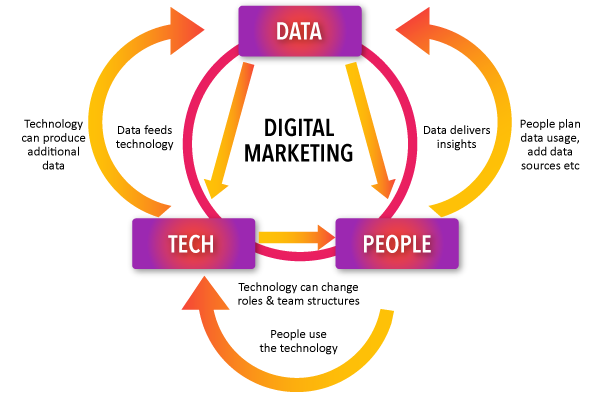PERSONALISATION IS A CHALLENGING TOPIC
Some organisations just don’t get it. How do you change things at your company?
Almost two thirds of consumers expect to receive personalised offers as standard and 63% of consumers would stop using companies who provide poor personalisation. Effective personalisation presents a huge opportunity for marketers who can master it. The rewards are potentially great. But so are the risks of delivering it badly.
Marketers are finding it harder than ever to reach and convert consumers across channels. So smarter targeted messaging is an absolute must to connect with customers.
Working with clients in a wide range of sectors, we’ve been helping marketers crack the conundrum. The most successful organisations are combining a range of technologies and expertise in data, campaign management and channels to achieve impactful results.
Typically, we find there are five main challenges to overcome in creating an effective and sustainable personalisation model that can continually adapt to changing customer needs.
-
MULTIPLE VIEWS OF THE CUSTOMER
Customer data is typically acquired over time and is kept in different repositories and formats. Multi-channel personalisation requires a complete and accurate 360 degree view of every customer. Identifying, matching, cleaning and integrating diverse records and information is a complex challenge.
-
SEPARATE TOOLS AND CHANNELS
Enterprise businesses currently use up to 91 different marketing cloud services. Marketing technology (even when it comes from a single vendor) is hard to connect, because different tools have their own unique data models and capabilities. To provide a personalised, seamless, omnichannel experience, tools need to work in harmony.
-
DISCONNECTED DATA
Many customers are willing to provide more data, if they can see that it’s being used to their advantage to provide more relevant communication. Around the organisation, there’s demand for different insights at different times, so teams collect new data from a range of sources to meet a particular need. It’s hard to funnel this relentless deluge of new data into the mix and making it accessible immediately, to match current behaviour and preferences.
-
SILOED DECISIONS
Communication decisions may be made by a number of different teams – from customer services, marketing and sales to IT and operations. Customers receive communications from several platforms – they can be contradictory and repetitive. This undermines the whole purpose of personalisation, creating an impression that your organisation doesn’t understand the customer and places little value on quality. To compound the problem, feedback from different campaigns isn’t built back into a central knowledge base. Effective personalisation strategies avoid this by using automation to combine technology and decision-making.
-
OPERATIONAL INEFFICIENCY
Collectively, customer engagement teams aren’t productive because they’re underusing the technology in the business. That’s typically either because of its inherent complexity or a lack of training. Through a single personalisation platform, you can integrate all your campaign and communications systems into a single marketing stack that gives more power and insight to everyone.
FOR MORE INFORMATION
We’ve partnered with Braze, Tealium and Snowflake to combine world-class technologies that create a powerful, user-friendly platform capable of high-volume delivery of sophisticated, personalised campaigns.
CACI’s Customer Personalisation Platform empowers marketers to model and deliver incisive and high-impact personalised campaigns. Our experts help clients customise and deploy it to start delivering ROI quickly.



